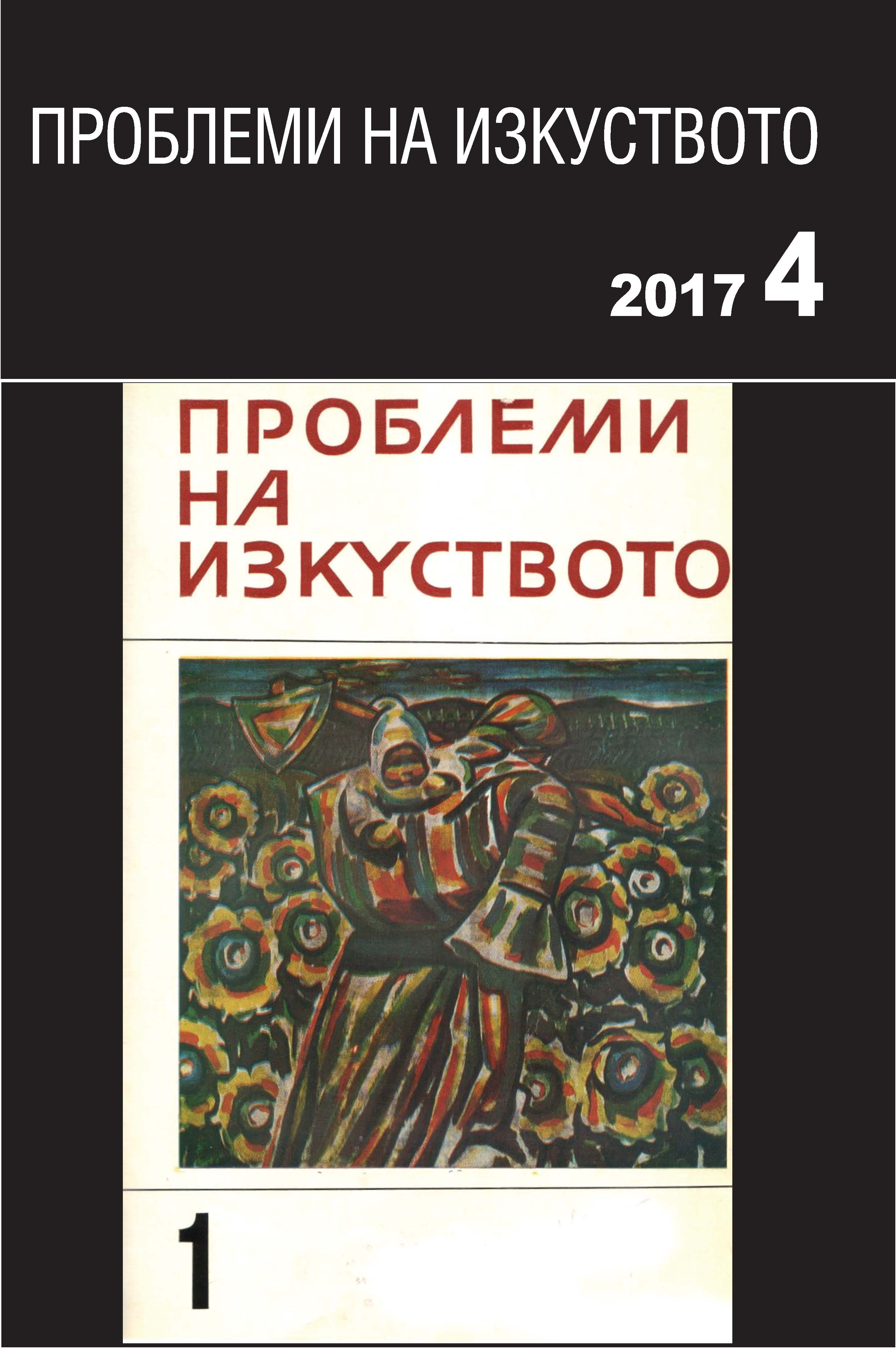Нелинеен наратив по Холивудски
Nonlinear narrative in Hollywood
Author(s): Elitza GotzevaSubject(s): Fine Arts / Performing Arts, Film / Cinema / Cinematography
Published by: Институт за изследване на изкуствата, Българска академия на науките
Summary/Abstract: The article analyzes the different manifestations of nonlinear narrative in contemporary American cinema, as well as the differences between European and American traditions in art cinema. Since forever Hollywood’s cinema is perceived primarily as part of the entertainment industry. That’s why the linear narrative structure is innate to it. But, regardless of this common practice, there are Hollywood mainstream films that show a nonlinear narrative structure. Usually, the nonlinear narrative in “classical” art films is built up upon rejection of the traditional linear narrative described by Aristotle in his “Poetics“. The nonlinear narrative features an illogical reality, a confusion of the characters (uncertain, disturbing, lost and discouraged); a mixing of time and reality. It suggests a world of symbolism and reverie. Unlike European nonlinear art cinema, the one in Hollywood, when compared, is still remaining within the scope of conventional. This doesn‘t stop American directors from experimenting with form and cinematic language. They are innovative and are able to create unique style, always associated with their names. Nonetheless, nonlinear narratives in American cinema fit into previously established formal structures (ex. puzzle films, films-collage, episodic, multi-subject, and etc.) – one of the biggest differences from European art films, whose structure depends entirely on the individual views of the auteur. As an artistic form, the nonlinear narrative has been known to Hollywood since the birth of cinema. In “Intolerance” (1916), David W. Griffith assembled four different in time and space stories in a single film. Orson Welles in “Citizen Kane” (1941) experimented with the cinematographic language, creating a nonlinear narrative that echoes till today, and Quentin Tarantino in “Pulp fiction” (1994) using the Hollywood’s clichés created the zeitgeist of the European cinema from the 60’ties.
Journal: Проблеми на изкуството
- Issue Year: 2017
- Issue No: 4
- Page Range: 54-56
- Page Count: 3
- Language: Bulgarian
- Content File-PDF

